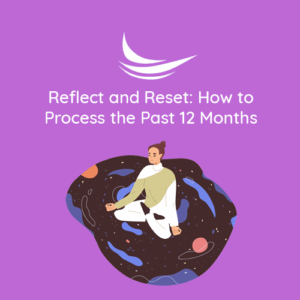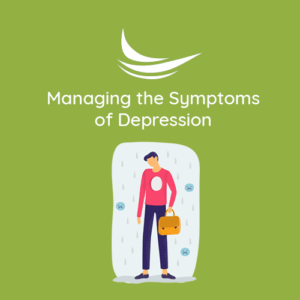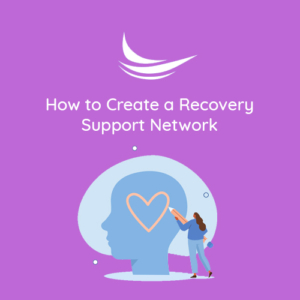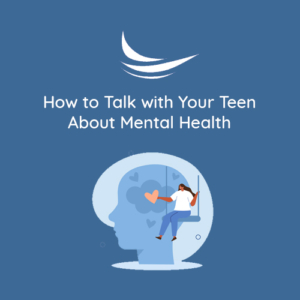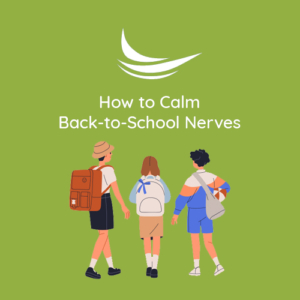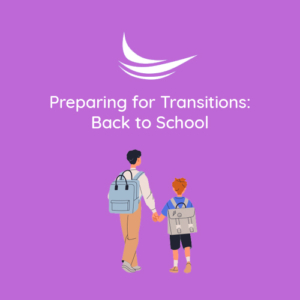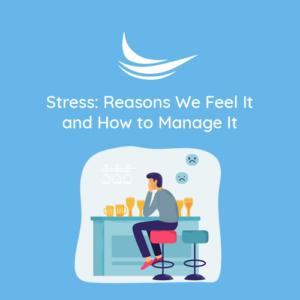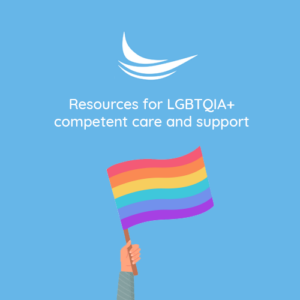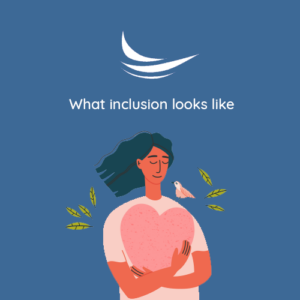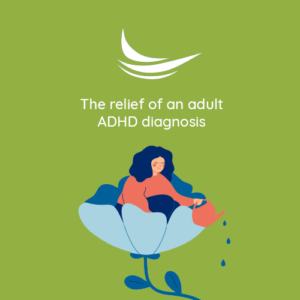Support for Emergency Responders and Professionals at Risk
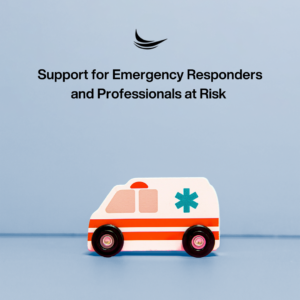 Trauma occurs within places that should be safe spaces—our homes, schools, workplaces, and communities. There is a global prevalence of trauma. Did you know that approximately 70% of the world’s population has been exposed to a traumatic life event?
Trauma occurs within places that should be safe spaces—our homes, schools, workplaces, and communities. There is a global prevalence of trauma. Did you know that approximately 70% of the world’s population has been exposed to a traumatic life event?
If you have experienced threatened violent death, serious injury or accident, or sexual violence, then you have experienced a traumatic event. We can experience traumatic events through direct experiencing, being a witness to others who are directly exposed to trauma, and learning about the direct experiences from close friends or family. Some professions include repeated exposure to disturbing details such as emergency responders.
Stress management can be challenging for disaster responders, as they are directly exposed to life-threatening situations and the negative consequences of crises. The work environment may include long hours in emotionally and physically taxing environments. Chronic and cumulative stress can build from repeated exposure to survivor stories and hostility that can be present within certain environments that reject their help. Workplace dynamics also impact stress management.
First responders put themselves at risk of harm to help others, making life-and-death decisions, with no guarantee of their own life such as the recent tragedy where responders were killed. The ripple effects of acts of violence are felt deeply, including the mass shooting in Minneapolis. The consequences of pain and suffering are heartbreaking for victims and their families. Traumatic events, including acts of violence within communities also impact the public’s mental health. Senseless acts of violence, brokenness, grief/ loss, addiction, and untreated mental health disorders contribute to our mental health epidemic.
Traumatic events are scary, and stress is a natural response during a crisis. Our bodies naturally respond to protect ourselves amid a dangerous situation. First responders are trained to respond, but repeated exposure to traumatic events within the line of duty can take a toll emotionally and physically. Prolonged exposure to stress can contribute to burnout and psychological vulnerability. Three things for first responders to specifically look out for include:
- emotional exhaustion
- depersonalization
- reduced personal accomplishment
Checking in with a therapist can help assess for signs of burnout and secondary traumatic stress. Having a supportive work culture, creating a work-life balance, and accessing wellness resources also make a big difference. Check out https://emergency.cdc.gov/coping/ for symptoms to look out for and additional resources.
Any professional who works with individuals who have been traumatized is at risk for burnout or secondary traumatic stress, so it is important to take care of yourself.
Here are some important reminders:
- It is OK to take a break. Taking a break is an act of self-care.
- You need to take care of yourself before you can care for others.
- Tune into your body. Listen to what it is communicating to you.
- Support is available.
- Reach out for support and allow others to support you.
Resources:
Disaster Distress Helpline – Call or Text 1-800-985-5990
Disaster Behavioral Health Resources | SAMHSA
Disaster Responder Stress Management | SAMHSA
Written By: Charlotte Johnson, MA, LPCC

